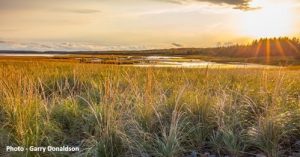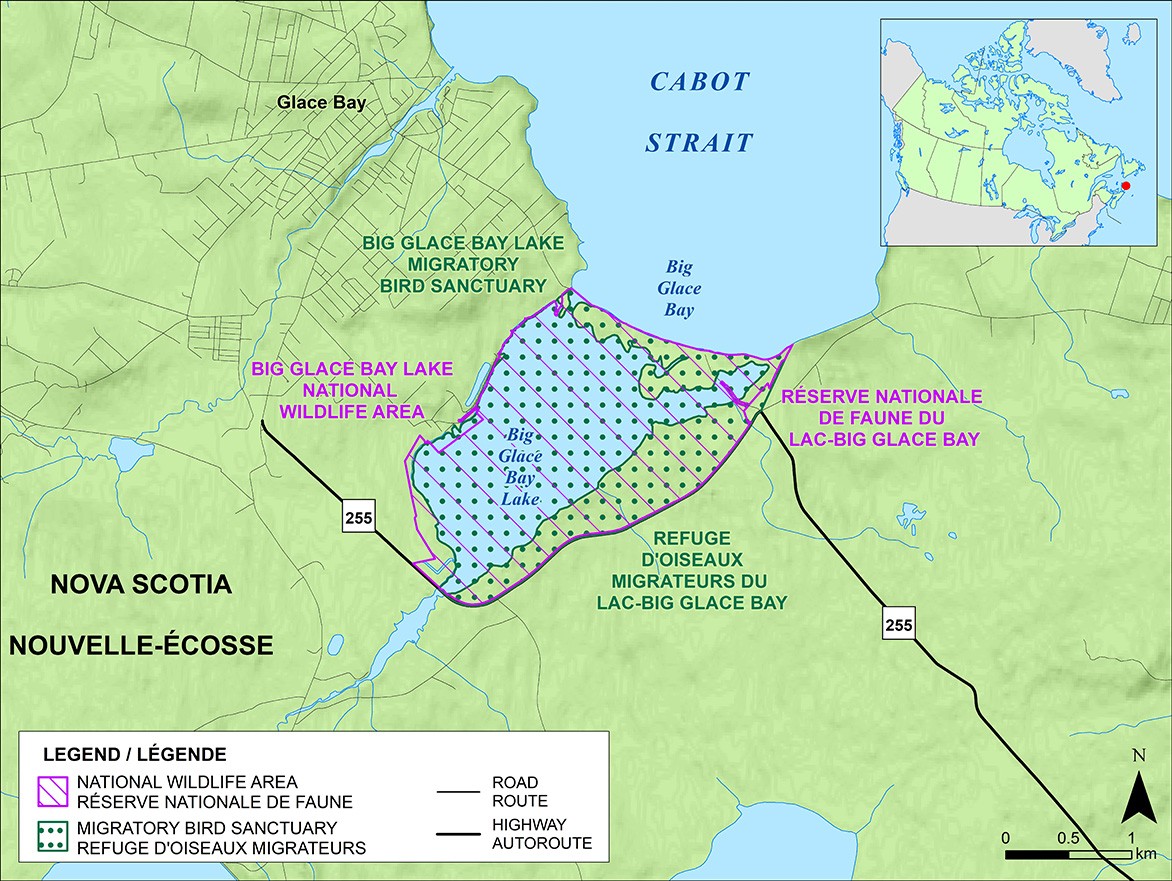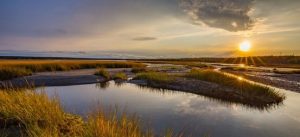Biodiversity loss is threatening the foundations of our economy, food security, health, and quality of life. Canada’s network of protected areas plays a vital role in conserving and restoring healthy, resilient ecosystems, which helps halt and reverse biodiversity loss, and contributes to the recovery of species at risk.
That is why the Government of Canada is taking action to restore and protect natural areas in Nova Scotia.
The Honourable Steven Guilbeault, Minister of Environment and Climate Change, announced that the Government of Canada has designated Big Glace Bay Lake as Canada’s newest National Wildlife Area.
The newly designated National Wildlife Area (NWA) in Cape Breton, Nova Scotia, comprises 392 hectares of estuary and marsh waters enclosed by a barrier beach. The site also includes mixed woodland, shallow coastal water, and eelgrass flats and encompasses the Big Glace Bay Lake Migratory Bird Sanctuary (MBS) plus an additional 14 hectares.
The NWA designation will help conserve the landscape to protect species at risk, including the Piping Plover, American Black Duck, Canada Goose, Common Goldeneye, and Bufflehead. The NWA designation will also support the management of wildlife conservation, research, and interpretation.

The Government of Canada will continue to expand its protected areas network, address the twin crises of climate change and biodiversity loss, and meet its commitments to conserve 25 per cent of lands and inland waters in Canada by 2025, and work toward 30 percent of each by 2030.


